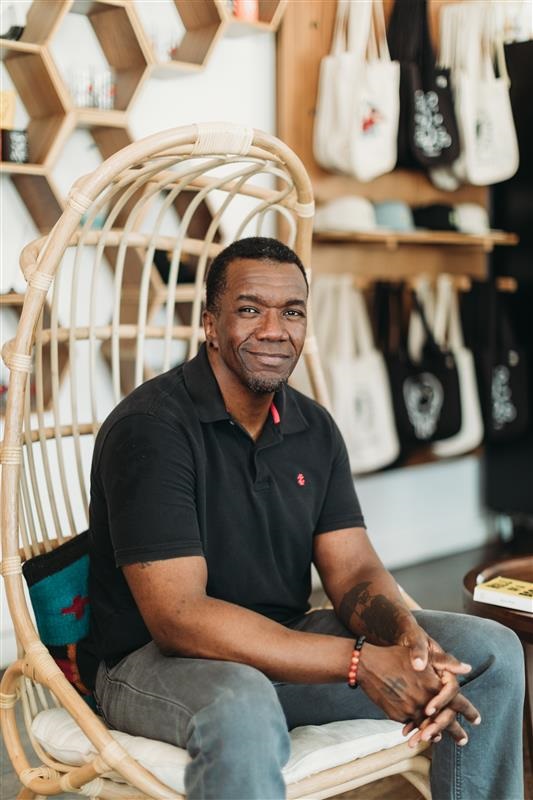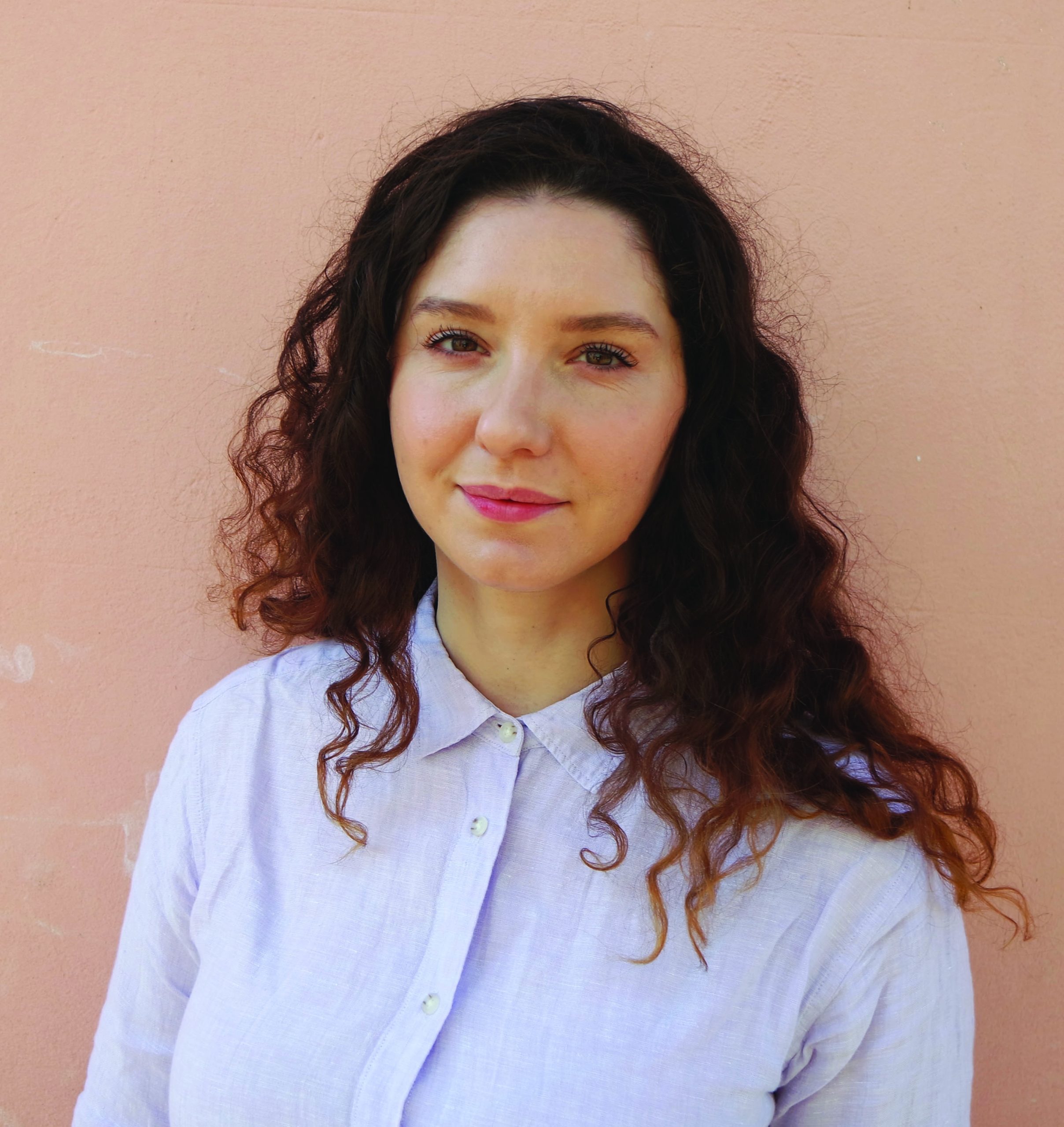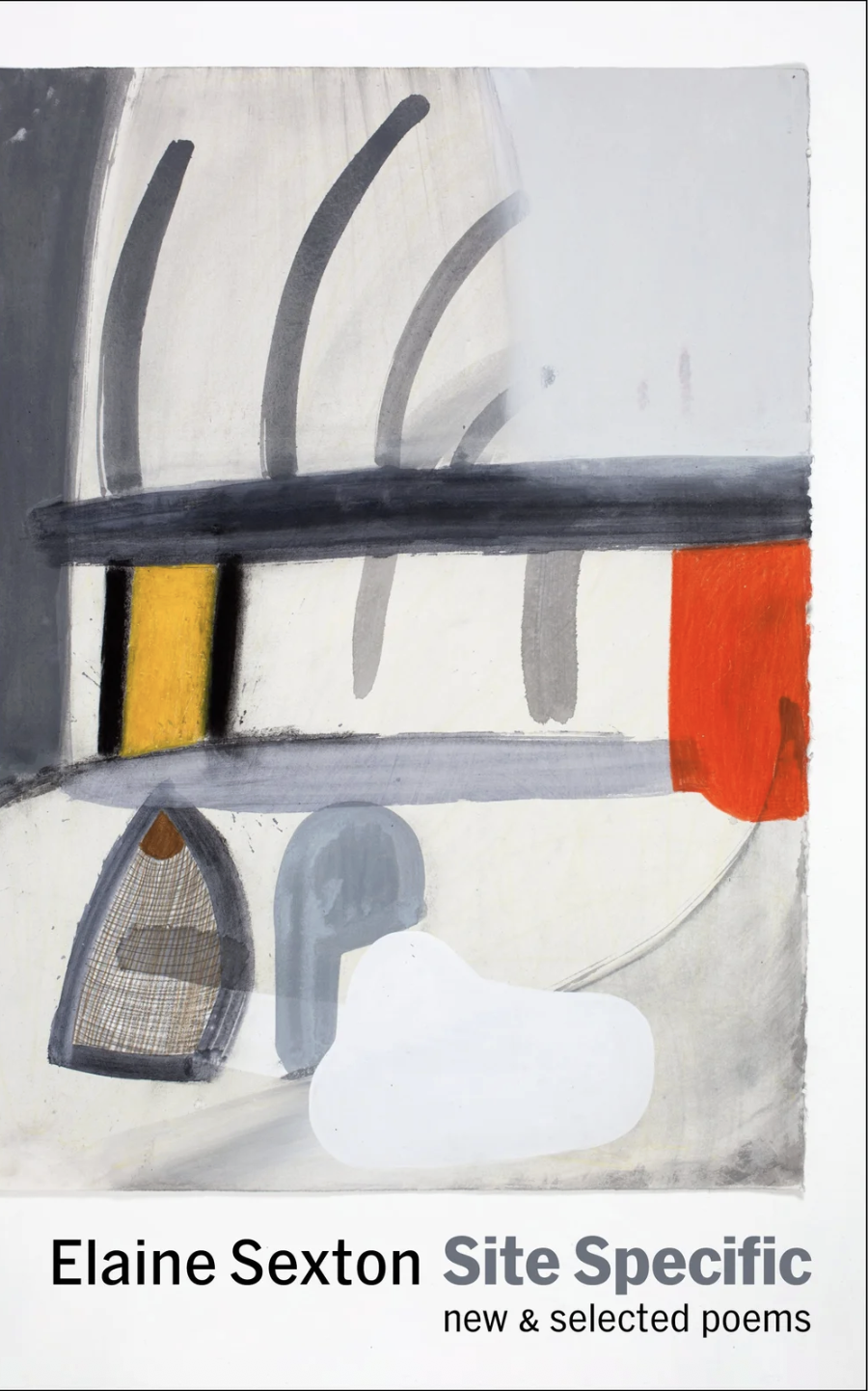Seiobo There Below is László Krasznahorkai’s fourth novel to be translated into English. His previous novels, Satantango, The Melancholy of Resistance and War on War, were all translated by George Szirtes—translator, poet and champion of writers such as W. G Sebald. It was with the publication of Satantango (1985, 2012 in the US) that Krasznahorkai went from being a cult literary figure to something of an unofficial torch-bearer of bleak European fiction after Kafka and Thomas Bernhard.
Ottilie Mulzet has taken up the mantel of translator for Seiobo There Below, and there is a change in outlook in Krasznahorkai’s new work, a big shift in world-perspective, that might lead readers of his early work to think that this is an entirely different writer. Krasznahorkai has become an expert economist of light and dark. In trying to define what type of book this is – novel, collection of stories, modern fables, veiled memoir – one falls into the trap of misrepresenting it, as it is not entirely true to any of these definitions.
Seiobo There Below consists of seventeen chapters, each of which can be read independently as stories, but they also add weight to each other by building on themes and motifs. Each one explores the creation or observation of art and the power of ritual. In one chapter, for example, we have the story of Ito Ryosuke, despairing and elated equally by his painstaking task of carving a Noh mask from the wood of the hinoki cypress. In another piece we are taken through the preparations of a Noh actor leading up to his performance of the eponymous Seiobo in a Noh play. Both craftsmen are consumed by their art. Every movement they make, every thought in their head, has to do with the perfection of their craft or the failure to master it. In the longest story – ‘The Rebuilding of the Ise Shrine’ – a European bears witness to a Shinto ritual: Every twenty years the Ise Shrine is demolished and rebuilt, in the spirit of their belief that all things are impermanent, but also as a way to preserve building techniques passed down through the centuries. Krasznahorkai describes this and other rituals with such masterful detail, from preparations for the Eye-Opening ceremony in a Shinto monastery in Inazawa, to the process of making paints – the brush-rack, mixing pot, “too much turpentine in the linseed oil” – by the Umbrian apprentices for the maestro icon painter in “Il Ritorno in Perugia”, that these details never shrink into protocol. They have evidently been absorbed by the writer. Krasznahorkai feels every stroke of the maestro’s brush and every sweep of “lilac and scarlet silken grace shot through with gold” worn by the Noh master Inoue Kazuyuki in the guise of Seiobo.

The Chinese goddess Seiobo (which translates as “Queen Mother of the West”) acts indirectly in all of these stories as an agent of complex beauty. Her presence is implied and sometimes invoked. She looks out from paintings, as in “A Murderer is Born”, or she is given form by Inoue Kazuyuki and Ito Ryosuke more literally. In “Where You’ll Be Looking”, a perennial museum guard (presumably at the Louvre) finds not only purpose in his work, but fulfilment in his daily life by appreciating the Venus De Milo statue, which he never tires of looking at on his rounds of the museum floor. The role of Seiobo in the book is as a manifestation: She rarely makes an appearance, but even in a story like “Where You’ll Be Looking” she is given ephemeral form behind the Venus De Milo’s power over the museum guard.
Underneath all of these descriptions, narrations and observations, there is an awareness of lost cultures. And with the loss of these cultures we have lost the ability to really see these ancient relics, paintings and ruins, and to understand the rituals behind their creation. True beauty in an age so totally commoditized is endangered. As Norman Mailer wrote in Of a Fire on the Moon: “Numbers were a pestilence to beauty.”
In “Up on the Acropolis” an unnamed character goes to revisit the Acropolis in Athens, only to find himself embroiled in the dailyness of “hotel, hotel, and hotel, verri cheep and verri cheep,” caught up in the banality of “the horrendous crowd of the colossal waiting room . . . children screamed for their parents, and the parents screamed for the children . . . Japanese tour guides with their little flags and megaphones.” The uneventful turmoil of his search for the Acropolis, being ripped off by the taxi, the endless walk up to find it, is made more unbearable when he reaches his destination and concludes painfully: “there was simply nothing on the Acropolis, only the Acropolis.” In the end he forces himself to exert “his throbbing brain to take it all in, to see it all at once.” This is precisely what he is unable to do. In many of these stories Krasznahorkai implies the impossibility of ever getting the complete picture. He reinforces, through repetition and leitmotif, the impermanence of all things: art, culture, beauty.
In “Distant Mandate” a visitor is overwhelmed while trying to comprehend the wonder of the Alhambra Palace walls in Granada. He
just grows dizzy and doesn’t understand how these lines, constructed from star-shaped points, can lead into infinity, the entire space allotted to them is so tiny, and it is this that leads to the thought that in the Alhambra, a truth never before manifested reveals itself, that is to say that something infinite can exist in a finite, demarcated space; well but this, how can this be?
Like the lines at the Alhambra, the seventeen pieces that make up Seiobo There Below are brilliantly crafted tesserae, but when we put all the pieces together the mosaic reveals more – more of Seiobo, more truth – than its individual parts.




